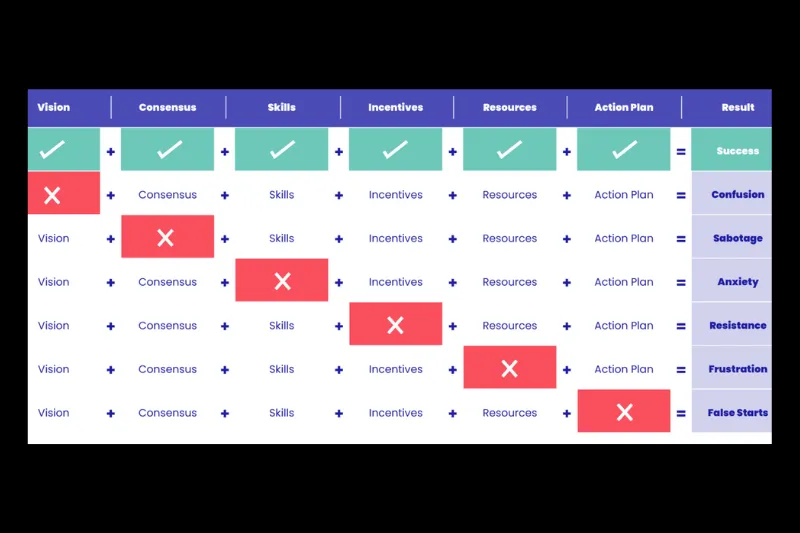2-SECOND BURSTS
SHORT THOUGHTS ON LEADERSHIP, DECISION-MAKING, FLIGHT, AND OTHER TOPICS OF THE DAY
ARTICLES

Air Force Disruptive Change
Billy Mitchell was a disruptor for his visionary use of massed AirPower in World War I, and his belief in strategic bombing as a short cut to victory from the bloody conflicts of ground warfare.
Jimmy Doolittle was a disruptor as he envisioned flying B-25s off the carrier deck of the USS Hornet to touch Japan in a way they thought impossible.
The advocates of High-Altitude Daylight Precision Bombing during World War II were disruptors, even if the technology did not quite measure up to the doctrine.
Standing up a separate service of warriors dedicated to 3-dimensional expertise in warfare was disruptive, and has bred multiple generations of Airmen who understand fighting in that dimension better than any Army Apache pilot could understand.
Standing up RED FLAG and the debrief mentality that came from Air Force Exercises and Weapons School teaching were disruptive and critical for the Air Force to hone skills at the tactical level.
Air Force Leaders just rolled out organizational change initiatives that are nothing like those previous disruptions, but have the potential to better focus our resources to fight ongoing and future conflicts.
I applaud efforts to change. It s hard work. It fights against the status quo. It will have enemies of change, both vocal and guerrilla-like. With any complex change of focus or organization, I highly recommend a review of the Lippitt-Knoster Model for managing complex change. Ignoring its principles will come with peril of dramatic failure. As it applies to the recent Air Force roll-out:
VISION: I think the 50,000-foot vision is there (which is where a vision should be). For those who served during the Cold War, there may be some resistance to reference to great power conflict and the need to change to meet it, but you don't have to win over everyone.
CONSENSUS: This will be the most difficult part. While the vision may be perfect, getting the thousands of operators and GS-13s to buy will be difficult. Bureaucracies don't like change. I am concerned about some of the statements of consolidated requirements development. Higher Headquarters will love it, the field will hate losing a voice and a connection to fielding what matters to them.
SKILLS: For this effort, read AFMC. The operators will shift to make our force better. The inspections will be hated but recognized as adding value if done right. AFMC may be a different story. With the mounds of statutes, regulations and practices, changing how they do business to field capability is a greater task than turning an aircraft carrier. It is turning a continent. Not because the AFMC professionals aren't capable. The mindset change must be dramatic.
INCENTIVES? Good luck. The Air Force will promote some great action officers who either toe the line or find ways to make it work, but quarterly awards and pats on the back only go so far for this kind of change. World War II incentives were "we may win the war". That is hard to feel against a nation who made my phone and my electric car.
RESOURCES: This one scares me. The Air Force is underfunded and financially poorly managed because of how DoD acquisition takes place. But to execute a change like this when our force is scarily small for any great power competition is a big concern. And the roll-out looked like additional general officer billets, which we DO NOT NEED. We need aircraft and captains/staff sergeants to fly and fix them. We need more wings. We need more tails.
ACTION PLAN: I know some smart people are working on this. Best of luck. But in the resource-constrained environment, I hope we don't spend too much time on structure that we miss the mission.

CONTACT DEREK!

MEDIA INQUIRIES
Members of the press are welcome to contact us regarding any requests at [email protected] ;
(385) 777-6285

